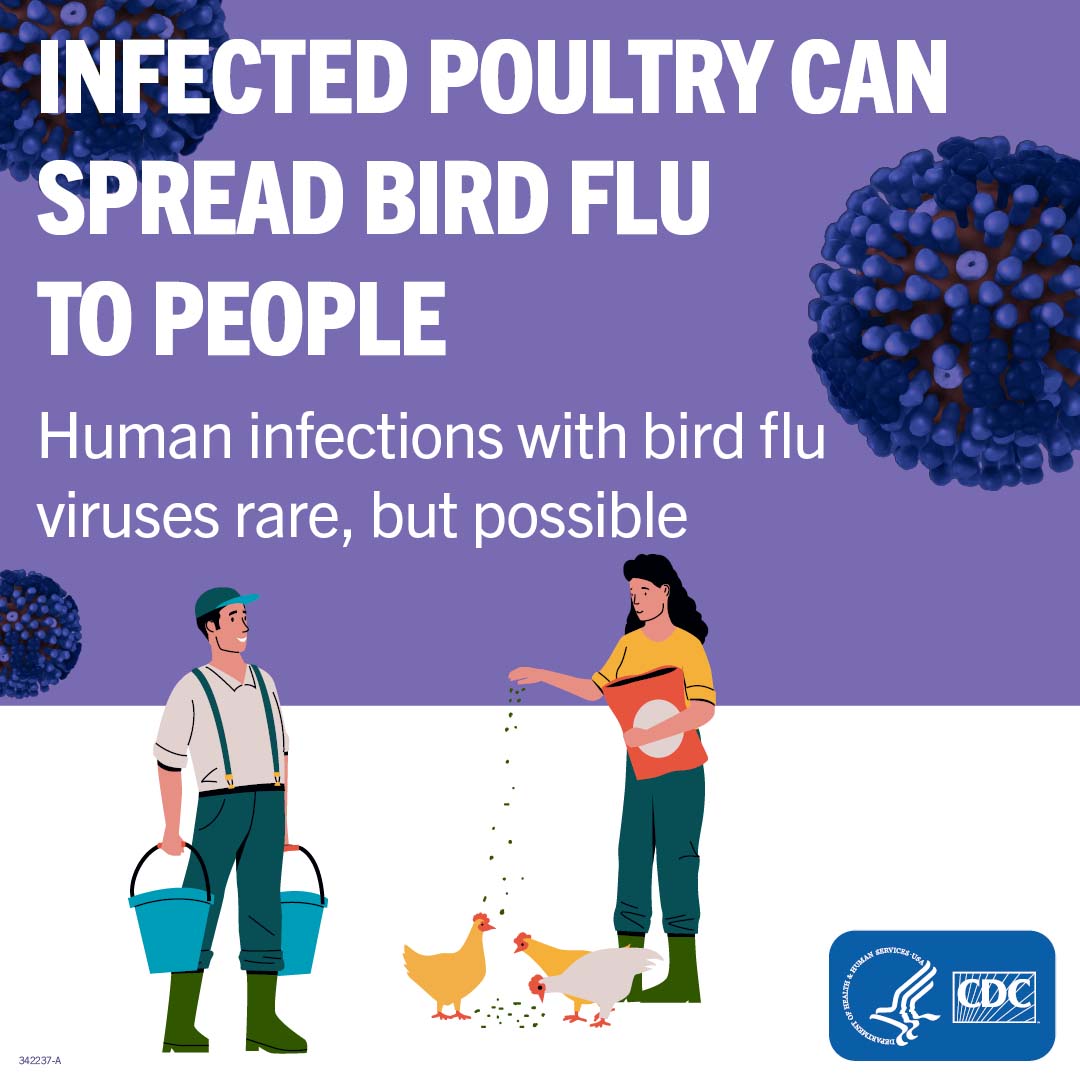Inventory Preamble
H5N1 Genetic Changes Inventory
Background
Since highly pathogenic avian influenza (HPAI) H5N1 viruses were first identified in humans in 1997, they have evolved rapidly and have formed multiple distinct genetic clades. During this time HPAI viruses have caused millions of deaths among birds and over six hundred deaths in humans.
Laboratory studies have implicated convergent evolution of certain molecular determinants for pathogenicity and host specificity for influenza viruses in nature; however, our understanding of the precise molecular determinants required for transmissibility and severe disease in mammals remains incomplete. It is believed that there are likely to be multiple evolutionary pathways that would increase mammalian transmissibility of avian influenza viruses, including HPAI H5N1 viruses.
In light of the expanding host range, geographic spread, and the effect of co-circulation of heterogeneous viruses on interspecies transmission of H5N1 viruses, it is critical that enhanced approaches to influenza surveillance are maintained. Early detection of the natural emergence of genetic changes that may enhance adaptation of HPAI H5N1 viruses for humans and/or other mammals or may impair antiviral interventions is an essential component of this effort. The WHO Collaborating Center for Influenza Reference and Research at the Centers for Disease Control and Prevention in Atlanta, with input from many influenza subject matter experts from around the world, has developed an inventory of amino acid mutations in H5N1 viruses that is intended to be used by the influenza surveillance and research community as a tool to inform the influenza knowledge base for surveillance and public health preparedness.
H5N1 Inventory
The H5N1 Inventory supports a molecular-based approach for surveillance and should be used to identify genetic mutations that determine viral phenotypic characteristics of importance. The H5N1 Inventory is an inclusive compilation of amino acid changes and/or motifs identified within each viral protein that affect one or more biological properties, provided in broad categories. References to manuscripts in the relevant published literature describing these relationships are provided; citations are representative of the published literature and are not intended to be all inclusive. This H5N1 inventory will be updated periodically by the WHO CC for Influenza at the CDC in collaboration with international partners and will be available online with a date stamp indicating when the list was updated.
How to Use the H5N1 Inventory
The H5N1 Inventory should be used by those conducting surveillance in humans and animals as well as research on influenza H5N1 viruses as a reference for the identification of specific mutations in naturally occurring H5N1 viruses that may signal adaptation to mammalian species or alter susceptibility to existing antivirals. Surveillance and research teams that identify viruses with mutations of concern should alert a relevant WHO Collaborating Center or an H5N1 reference laboratory and submit the virus for further characterization and risk assessment. Contact information for these laboratories can be found on the Global Influenza Surveillance and Response System (GISRS) and the Reference Laboratories – WOAH – World Organisation for Animal Health. Please ensure that your national veterinary services are informed when influenza viruses are detected in animals. All H5N1 avian influenza viruses in poultry and all HPAI viruses in birds are notifiable to WOAH; please consult Terrestrial Code Online Access – WOAH – World Organisation for Animal Health for further information about the definition of notifiable avian influenza.
How the H5N1 Inventory Was Created
The H5N1 Inventory is based on published and publicly available information identified in two ways: i) a review of the literature by influenza subject matter experts and ii) a bioinformatics text mining process using key words to search the existing PubMed H5N1 literature to identify relevant published materials. The following criteria were used for inclusion in theH5N1 Inventory: i) studies in mammalian cell culture, human specimens or tissues; studies in laboratory animals (mice, ferrets, guinea pigs); ii) mutations or motifs that were introduced into HPAI H5N1 viruses by reverse genetics or arose through repeated passage in the above mammalian systems or were identified through genetic sequence comparison of wild type viruses with different phenotypes; iii) studies on the H5 hemagglutinin (HA) which introduced mutations into recombinant proteins, recombinant viruses or pseudo viruses bearing an H5 HA; iv) mutations that affect the following properties: receptor binding (increased binding to α2,6 sialic acid as measured by in vitro assays); altered binding profiles or tropism for human airway tissues; replication efficiency (plaque morphology, cell culture or tissue viral titers, temperature sensitivity); virulence and transmissibility in animal models; altered polymerase complex activity in in vitro assays; altered host response including cell signaling pathways that may alter host antiviral response; altered susceptibility of N1 subtype viruses (H5N1, former seasonal H1N1 and H1N1pdm) to licensed neuraminidase (NA) and M2 inhibitors in functional assays detected in field isolates or clinical case reports; and animals or cultured cells treated with drugs. H5N1 virus (A/Vietnam/1203/2004) amino acid numbering for the mature proteins has been used throughout.
